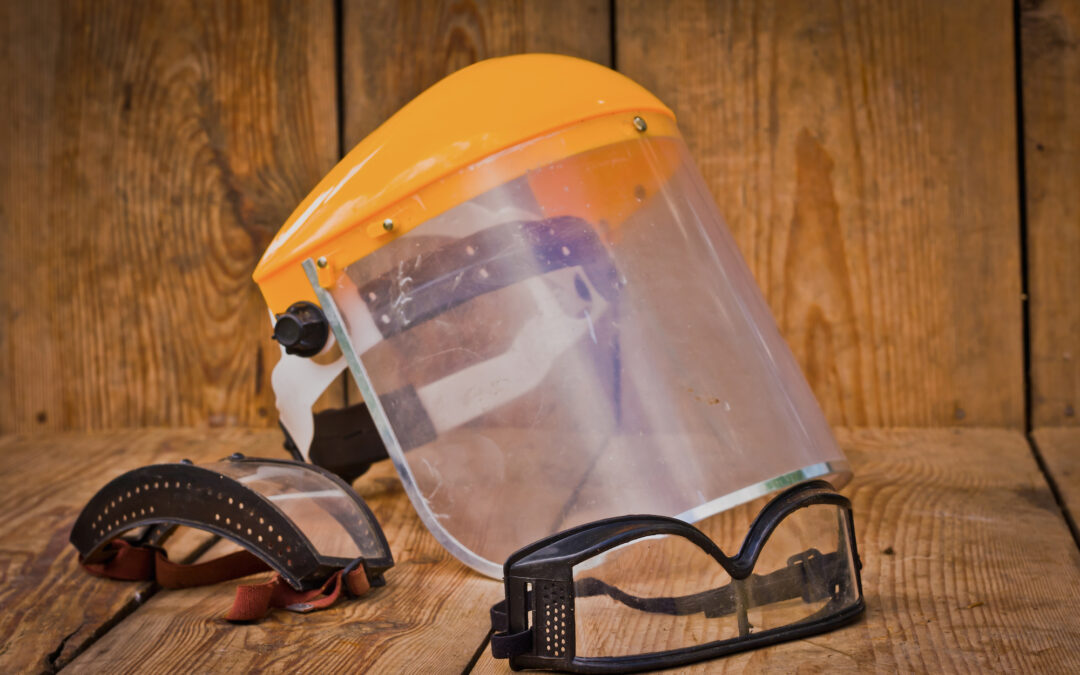Of our five senses, our eyes may be considered the most important. Injuries to eyes occur every day and are very common in the workplace. The severity of the injury can be lessened or prevented by the use of engineering controls including machine guards, work screens, the use of eye protection, and work breaks.
Employers are responsible for providing a safe work environment that meets OSHA requirements which
includes the use of engineering controls to protect workers from eye injuries and exposure to disease. Employers must perform a hazard assessment to determine the appropriate type of eye protection to
provide for workers. Employees are required to take special precautions and wear the appropriate eye
protection for the task and keep it in good condition.
Discussion Points:
• The use of engineering controls and eye protection can lessen or prevent the severity of eye injuries
in the workplace
• Employer and employee responsibilities
• Perform a hazard assessment to determine the appropriate type of eye protection to provide
• Types of eye protection
• First aid for eye injuries
Discussion:
Eye protection comes in various types including, safety glasses, safety goggles, and face shields. The type
used should be based on the hazard assessment and the risk of hazard involved in the task. Safety glasses with side-shields or safety goggles must be worn if working around flying particles. Safety goggles must be
worn if working with chemicals. Safety goggles can also be worn over prescription glasses. Full-face
shields are to be worn if the task involves splashes of substances. Special-purpose safety glasses, goggles,
face shields and helmets designed for the task must be worn if working around hazardous radiation,
ultra-violet, or welding lasers. In the case of an injury, seek first aid and medical attention as soon as
possible.
When working around computers take breaks to avoid eye strain. Special precautions must be taken to avoid touching or rubbing eyes because disease is often transmitted through mucous membranes of the eye. To prevent the transfer of disease or contaminants, it is best to wash your hands often.
As always, be safe out there!


Recent Comments